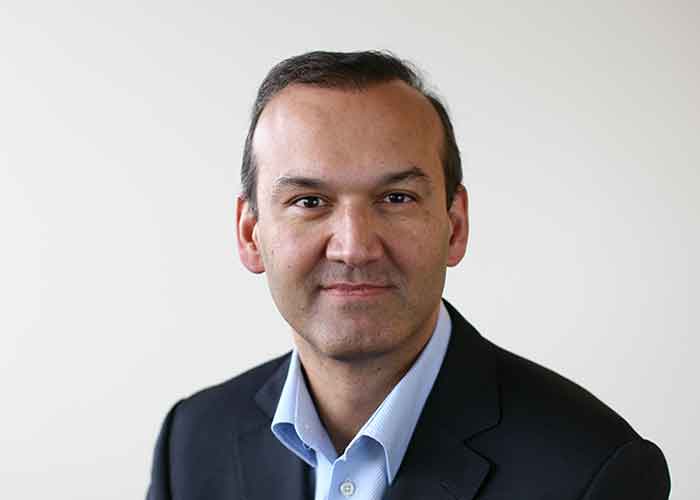TORONTO: Indo-Canadian professor Prabhat Jha has found that the practice of selective abortion of females in second and third pregnancies is more pronounced among the families in which the mother was born in India but living in Australia, Canada, the UK, or the US.
Professor Jha from the Centre for Global Health Research, Dalla Lana School of Public Health, along with health researcher Catherine May, previously established that selective abortion of females in second and third pregnancies was widespread and growing within India.
“We were surprised that the cultural preferences to have at least one boy were so widely seen among the Indian diaspora,” Professor Jha said.
The study, published in the journal eLife Sciences, examined selective abortion trends among the Chinese or Indian diaspora using 18 million birth histories over about the last two decades from India, China, Australia, Canada, the UK, and the US.
Also Read: U.S. Oklahoma passes bill banning near-all abortions
Selective abortion of female fetuses, particularly following the birth of earlier girls, is well documented in India. There are strong cultural preferences to have at least one son in India and China’s one-child policy (which officially ended in 2016) affects family fertility choices.
The study authors applied Jha’s method called the conditional sex ratio, which is the ratio of girls born per 1,000 boys following an earlier birth of a girl. The natural range (in the absence of any prenatal sex determination and selective abortion) is about 950 to 975 girls per 1,000 boys and is the same for first, second, or third births. The authors found that the sex ratios in each country were significantly lower than the natural range, especially for third births with earlier daughters. These results indicate the use of prenatal sex determination followed by selective abortion of female fetuses.
The conditional sex ratios for third births in the Indian diaspora were lower than in India. In Canada, conditional sex ratios were the lowest with 520 girls per 1,000 boys in 2016 — much lower than in India (769). These conditional sex ratios for third births were also lower than the natural range in Australia (653), the UK (778), and the US (805).
Jha said that Indian preference to have at least one boy in the family is the major driver of selective abortion of female fetuses for second and third births; and that such cultural preference is seen both in the domestic Indian and diaspora families.
Missing girls from selective abortions are contributing to a large deficit of girls within China and India. Jha suggested that understanding the cultural preferences for boys and the fact that such preferences accompany migration could prompt more societal debate and discussion, particularly within India to address the marked demographic deficit of girls.
Also Read: Abortions hit a record high during Covid in UK: Report






